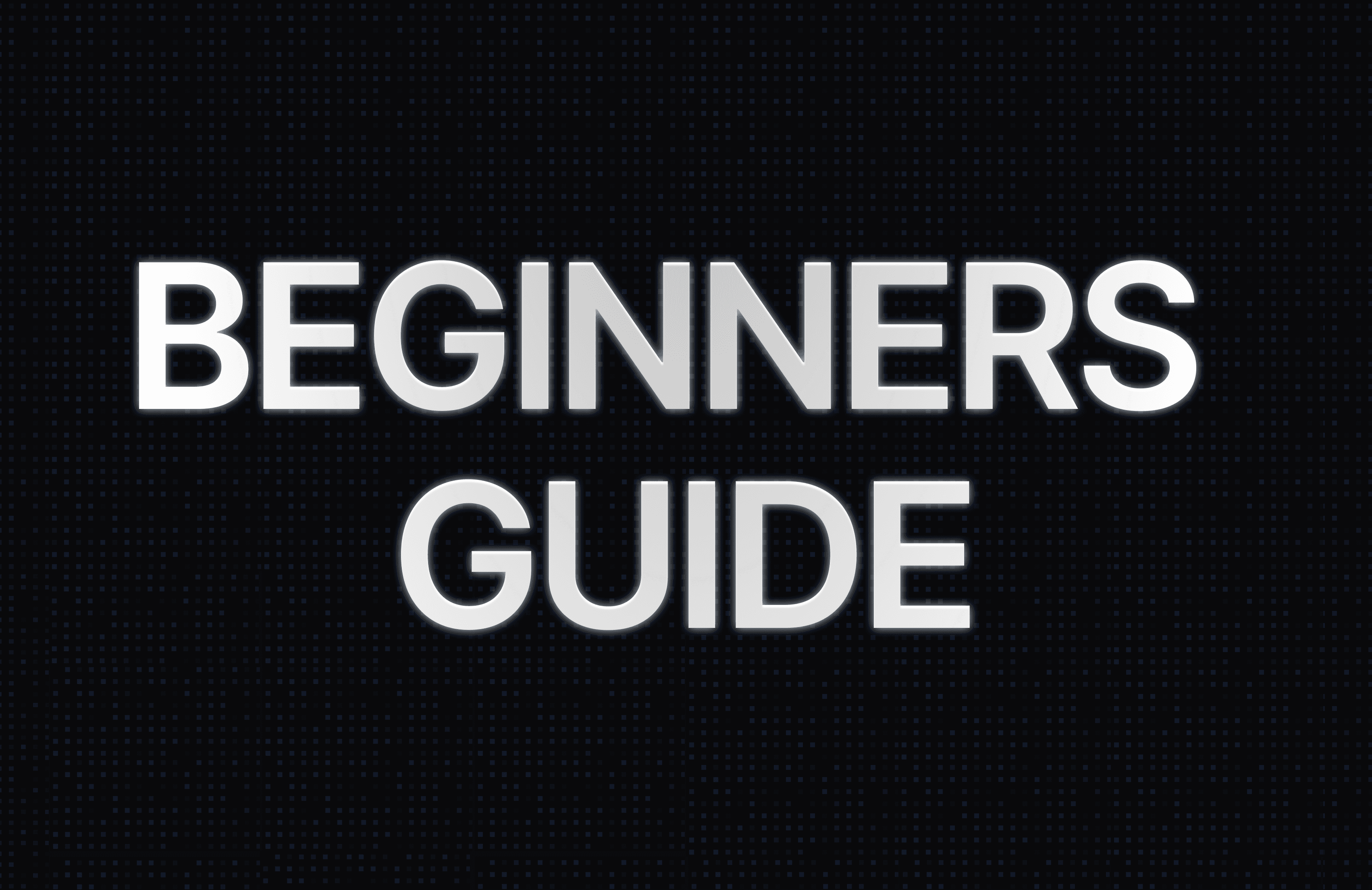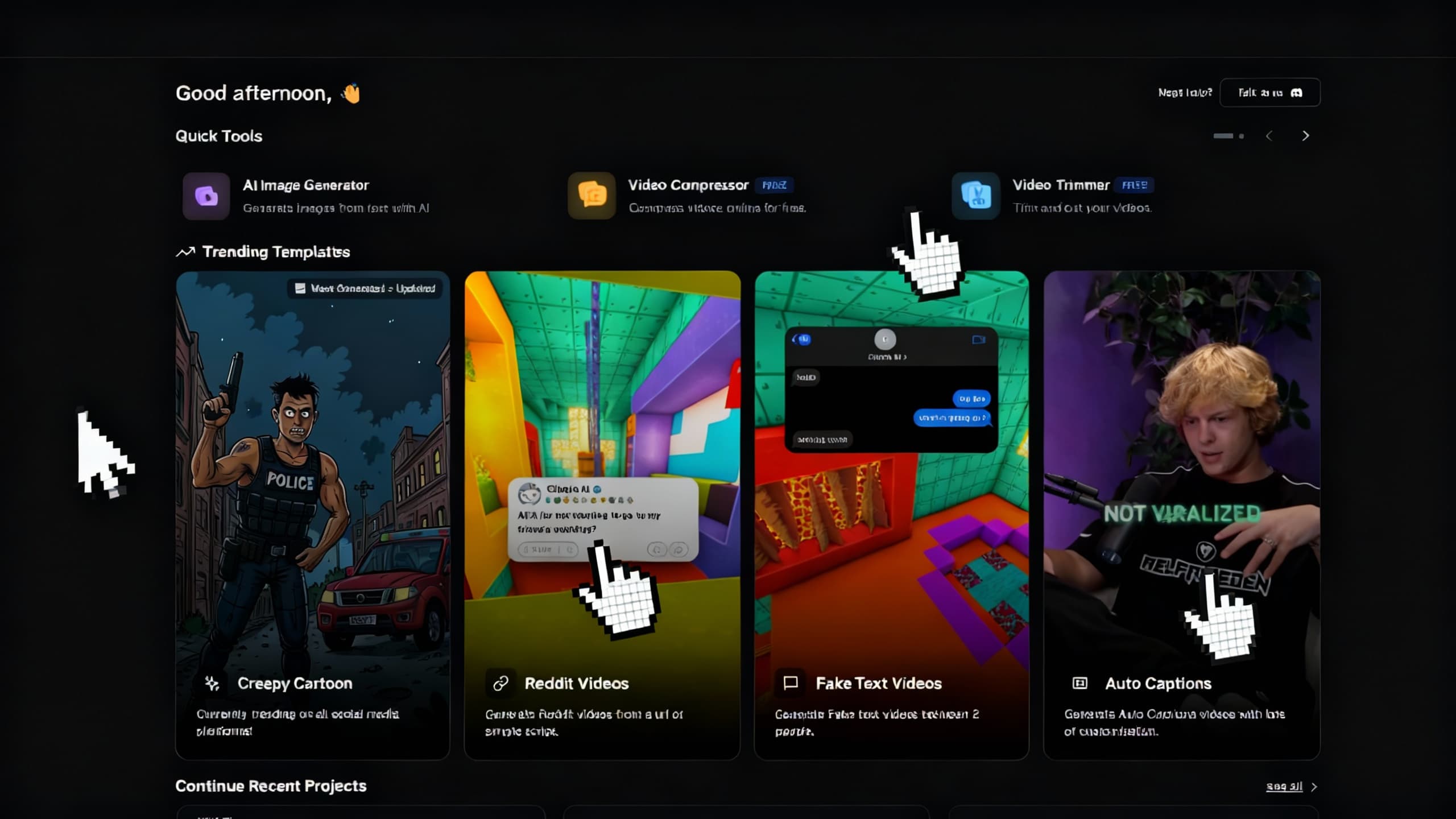I Tried Monetizing TikTok Horror Stories With AI: Here’s the Outcome
TikTok horror stories are booming in 2025. I tested AI tools like Clippie AI to create scary story shorts. Here’s the outcome: retention rates, monetization, and lessons for creators.

Introduction
TikTok and YouTube Shorts are some of the most addictive content platforms in the world, and one genre consistently outperforms the rest: horror. From two-sentence scary stories to animated creepypasta retellings, horror shorts rack up millions of views because they tap into primal human emotions, fear, curiosity, and suspense.
In 2025, I decided to test whether I could monetize horror stories using AI tools. My goal was simple: combine AI-generated visuals, narration, and captions to produce faceless scary videos and see if they could attract viral engagement and real income. Over the course of several weeks, I experimented with Clippie AI and other tools to streamline production, tracked my results, and tested different monetization strategies.
This blog is a detailed breakdown of the process. I’ll explain why horror performs so well on short-form platforms, how I used AI to create and publish scary stories, what my retention rates and virality looked like, and whether the niche actually makes money through ads, affiliate links, and Patreon. By the end, you’ll know the true potential of faceless horror content and whether it’s worth your time as a creator.
Why This Topic Is Relevant Today
The relevance of horror in short-form video can’t be overstated. On TikTok alone, the hashtag #HorrorTok surpassed 80 billion views by mid-2025, while #Creepy, #ScaryStories, and #Paranormal collectively reached tens of billions more. These numbers prove that audiences crave fear-based entertainment in bite-sized form.
At the same time, AI has reached a tipping point. Tools like Clippie AI make it possible to transform written scary stories into fully produced videos, complete with voiceovers, captions, background music, and even eerie sound effects. In the past, creating horror animations or narrations required expensive editing or voice actors. Now, one creator with AI tools can do it in under an hour.
The larger context is that the creator economy is professionalizing fast. Short-form video platforms are offering better monetization programs, from TikTok’s Creativity Program Beta to YouTube Shorts ad revenue. Niche creators, especially those in horror, now have the chance to earn a living by pairing AI efficiency with high-demand content.
What Are TikTok Horror Stories?
In plain terms, TikTok horror stories are short, spooky narratives told through video, usually under 60 seconds that combine narration, visuals, and dramatic pacing to hook viewers instantly.
Some common formats include:
Two-sentence horror: Stories that set up and deliver a scare in just two lines. Example: “I tucked my daughter into bed last night. This morning, I found her sleeping in the basement.”
Animated creepypasta: Classic internet horror tales like Slender Man, SCPs, or urban legends, reimagined through AI-generated visuals.
POV stories: “You wake up in an empty hospital… and realize you’re not alone.” These place the viewer directly into the nightmare.
Paranormal lore: Bite-sized retellings of haunted places, ghost encounters, or unsolved mysteries.
The formula works because it’s simple: create tension fast, build suspense, and deliver a chilling twist before the viewer swipes away. AI tools amplify this by letting creators generate visuals and narration quickly, scaling output without losing atmosphere.
Overview
This blog unpacks my personal experiment monetizing horror stories with AI. We’ll cover:
Why horror performs well on TikTok/Shorts.
How I created scary story videos with Clippie AI.
The results I achieved in terms of retention and virality.
The monetization strategies I tested, including ads, affiliate, and Patreon.
My insights on the long-term potential of faceless horror niches.
By the end, you’ll know both the strengths and pitfalls of combining AI and horror for short-form monetization.
Table of Contents
Why horror performs well on TikTok/Shorts
Creating scary story videos with Clippie AI
My results: retention rates, virality
Monetization options (ads, affiliate, Patreon)
The potential of faceless horror niches
1. Why Horror Performs Well on TikTok/Shorts
Horror has always thrived in short-form formats, from campfire stories to two-minute YouTube creepypasta narrations. On TikTok and Shorts, it works even better for three key reasons.
First, fear is universal. You don’t need cultural or linguistic context to feel chills when you hear a creepy story. A dark corridor, a sudden sound, or a mysterious figure, these visuals and narratives transcend borders, making horror highly shareable across global audiences.
Second, the short-form algorithm rewards strong hooks, and horror is built on hooks. The very first line of a scary story (“There was someone under my bed…”) is designed to stop the scroll. Once viewers are intrigued, they stick around for the payoff, the jump scare, the twist, or the haunting reveal.
Third, horror is inherently bingeable. Viewers rarely stop at one scary video. Instead, they consume them in bulk late at night, driving up watch time and retention metrics that the algorithm loves.
In short: horror taps into primal psychology, aligns perfectly with short-form platform mechanics, and fosters repeat consumption, all of which make it a growth goldmine.
2. Creating Scary Story Videos with Clippie AI
For my experiment, I wanted to produce professional-quality horror shorts without needing a full team of writers, voice actors, and editors. Here’s how I used AI to make that possible.
I started with story prompts. Some I wrote myself, while others were inspired by classic internet horror tropes. Example: “You wake up in a hospital room. The monitors beep steadily, until you notice your heart rate is flatlined.”
Next, I generated AI visuals. Using MidJourney v7 and Stable Diffusion XL, I created eerie, atmospheric images to match each scene: dimly lit hallways, shadowy figures, cracked mirrors.
Clippie AI became the central tool. I used it to:
Generate creepy voiceovers (opting for a deep, distorted tone for maximum impact).
Add dynamic captions synced to narration, in blood-red fonts for stylistic flair.
Insert royalty-free horror sound effects like whispers, footsteps, and thunder.
Batch-produce multiple videos in one session, saving hours of manual editing.
The result was a series of short horror videos that looked polished and professional but took less than an hour each to produce.
3. My Results: Retention Rates, Virality
Once I began publishing, the results came quickly and they were eye-opening.
One of my earliest videos, “The Man in the Mirror,” hit 3.2 million views on TikTok within two weeks. Retention was surprisingly high: over 72% of viewers watched until the end, an exceptional rate for TikTok where most users drop off after 3–5 seconds.
Another video, “Two-Sentence Hospital Horror,” performed better on YouTube Shorts, gaining 1.8 million views and pushing my channel from 2,000 to 25,000 subscribers in under a month.
What I noticed:
Retention drives virality. My scariest videos with strong payoffs had 65–80% retention, which correlated directly with algorithm boosts.
Frequency matters. Posting 1–2 shorts per day created compounding growth, especially when videos built suspense as a series.
AI visuals don’t deter viewers. Some even commented that the surreal, uncanny style of AI-generated images made the videos creepier.
Not every video went viral, some flopped with under 10K views, but the average performance far exceeded my expectations.
4. Monetization Options (Ads, Affiliate, Patreon)
The big question: did horror content actually make money? Here’s what I found testing different monetization streams.
YouTube Shorts Ads: Once I qualified for the Shorts Partner Program (10M views in 90 days), ad revenue started to flow. CPMs in the horror niche ranged between $2.50–$3.80, meaning a viral short with a few million views earned hundreds to thousands of dollars.
TikTok Creativity Program: TikTok payouts were lower. On average, I earned $0.25–$0.40 per 1,000 views, which meant a 5M-view video brought in around $1,500. Not life-changing, but significant for viral creators.
Affiliate Marketing: I experimented with promoting horror-related products, like escape room apps, paranormal books, and AI prompt packs. Affiliate income was modest around $300/month, but showed potential for scaling with better targeting.
Patreon: This turned out to be the most lucrative. I offered exclusive longer horror stories, early access videos, and even downloadable AI art packs. Within three months, Patreon was generating over $2,000/month in recurring revenue.
The takeaway? Ads alone won’t make you rich, but combining ads + affiliate + memberships creates a solid, diversified income stream.
5. The Potential of Faceless Horror Niches
After several months of experimenting, one conclusion was clear: faceless horror content has huge potential for creators willing to commit.
Unlike comedy or lifestyle, horror isn’t tied to a specific personality, it thrives even without a face. This makes it ideal for faceless creators who want privacy while still building a loyal audience. The evergreen appeal of fear means content rarely feels outdated. A scary story told today will still resonate months or years later.
Most importantly, horror content fosters deep emotional engagement. Fans binge-watch, comment with theories, and even share their own scary experiences, creating a community dynamic. For creators, this means not just views, but real long-term audience growth.
Looking ahead, as AI tools evolve, the line between indie horror creators and professional studios will blur. With AI, a single creator can produce content that feels cinematic, without Hollywood budgets. The faceless horror niche isn’t just a trend. It’s a sustainable lane in the creator economy.
FAQs
Q1: Can you monetize AI-generated horror shorts on YouTube in 2025? Yes. As long as the content is original, story-driven, and adds value beyond raw AI outputs, it qualifies under YouTube’s Shorts Partner Program.
Q2: What makes horror perform better than other niches on TikTok? Horror hooks viewers immediately, delivers suspense, and keeps audiences watching until the end, exactly what the algorithm prioritizes.
Q3: Do AI visuals look “fake” in horror videos? Sometimes, but that often works in the niche’s favor. The uncanny, surreal look of AI art can enhance the creepiness of a story.
Q4: Is Patreon a good monetization strategy for horror creators? Yes. Fans of horror often crave deeper, longer stories and behind-the-scenes access. Patreon allows you to monetize superfans directly.
Q5: What’s the best posting frequency for TikTok horror creators? Daily posting works best. Even 1–2 videos per day can trigger compounding algorithm growth when paired with consistent quality.
Conclusion
Monetizing TikTok horror stories with AI isn’t a get-rich-quick scheme, but it is a real opportunity. Horror’s universal appeal, bingeable nature, and alignment with short-form algorithms make it one of the strongest niches in 2025. By leveraging tools like Clippie AI, MidJourney, and Stable Diffusion, I was able to create faceless scary videos that went viral and generated multiple revenue streams from ad revenue to Patreon memberships.
If you’re considering faceless content creation, horror is one of the most promising spaces to explore. Just remember: success depends on consistent quality, compelling storytelling, and diversified monetization. With the right strategy, your next horror short could be the one that keeps millions of viewers up at night.
👉 Don’t just watch horror shorts, create them. Open Clippie AI today, craft your first story, and step into the niche where fear pays.
Related Blog Posts
Faceless Content Creation: Why AI-First Channels Are Winning in 2025
10 AI Tools Every Creator Should Use for Short-Form Video in 2025
The Complete Guide to Monetizing YouTube Shorts in 2025
Read more

The Ultimate Beginner’s Guide to Clippie AI (2025): Plans, Credits, Top-Ups, and How It All Works
Learn all about Clippie AI in 2025, including subscription plans, AI credits, and top ups, to help you create faceless videos quickly and grow your content effortlessly.

Building a Viral Workflow with Clippie AI (2025 Edition)
Learn how to build a viral, automated content workflow using Clippie AI. Discover daily systems, templates, and monetization workflows that help creators scale across TikTok, YouTube, and Instagram.

Recap: The Best AI Video Creation Trends from 2025 (And What's Next for 2026)
Complete recap of 2025's biggest AI video creation trends and expert predictions for 2026. Discover how AI tools like Clippie transformed video workflows forever.